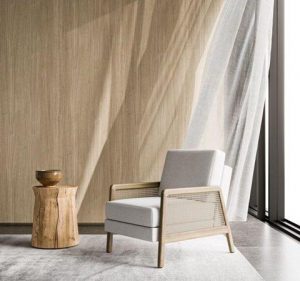How does wooden furniture contribute to interior aesthetics?
wooden furniture contribute to interior aesthetics
Wood is one of the most enduring elements in interior design, contributing both visual appeal and warmth. Its inherent colors, textures, and grain patterns have made it a mainstay in many decor styles over the centuries. Wooden furniture is especially versatile and seamlessly blends into a broad range of designs, from farmhouse to minimalist modern.
Whether it’s the rich hues of mahogany, the pale shades of ash or maple, or the rustic texture of reclaimed pine, wooden furniture has a timeless charm that adds character to a room. In recent years, the popularity of this classic material has experienced a surge, reflecting the desire for natural, timeless style.
While wood is forgiving, certain missteps can detract from a space’s aesthetic. To maximize the benefits of this classic material, it’s important to understand how to use its unique qualities effectively. From selecting the right type of wood to ensuring proper care, the following tips can help you create a stunning space that’s sure to impress.

How does wooden furniture contribute to interior aesthetics?
The use of wooden furniture in an interior design is not only aesthetically appealing but also environmentally friendly. Wood is a renewable resource, and its processing emits far fewer carbon emissions than most other decor materials and elements. Additionally, it is highly insulating and helps maintain a comfortable temperature in a room.
To get the most out of wooden furniture, it’s essential to select a species that is durable and long-lasting. Oak, spruce, maple and birch are all good choices for sturdy hardwoods, while cherry, hickory, teak and larch are premium options that hold up well to everyday wear and tear.
A wood’s innate beauty is often highlighted with a light stain or a matte paint finish. In contrast to glossy finishes, this trend reflects the growing emphasis on environmental responsibility and showcases the luster of natural wood grains and textures. The use of mixed materials, including metals and concrete, is another way to enhance the look of wood furniture.
Incorporating plants into a room with wood furnishings is a popular, easy way to make the space more green. However, matching the size and light requirements of the plant with its wooden companion is vital to ensure that both items remain healthy and aesthetically pleasing. Similarly, humidity should be monitored carefully, as some plants, such as ferns, thrive in high moisture conditions while other plants, such as succulents, need low to moderate humidity.
While the durability of wooden furniture is a big benefit, it’s also a great option for those who regularly redecorate their home or office. Unlike other furniture materials, wood is forgiving of alterations and will continue to look beautiful when polished regularly or repainted. This flexibility makes it a great choice for those who want to keep their space up-to-date without spending time and money on major repairs.